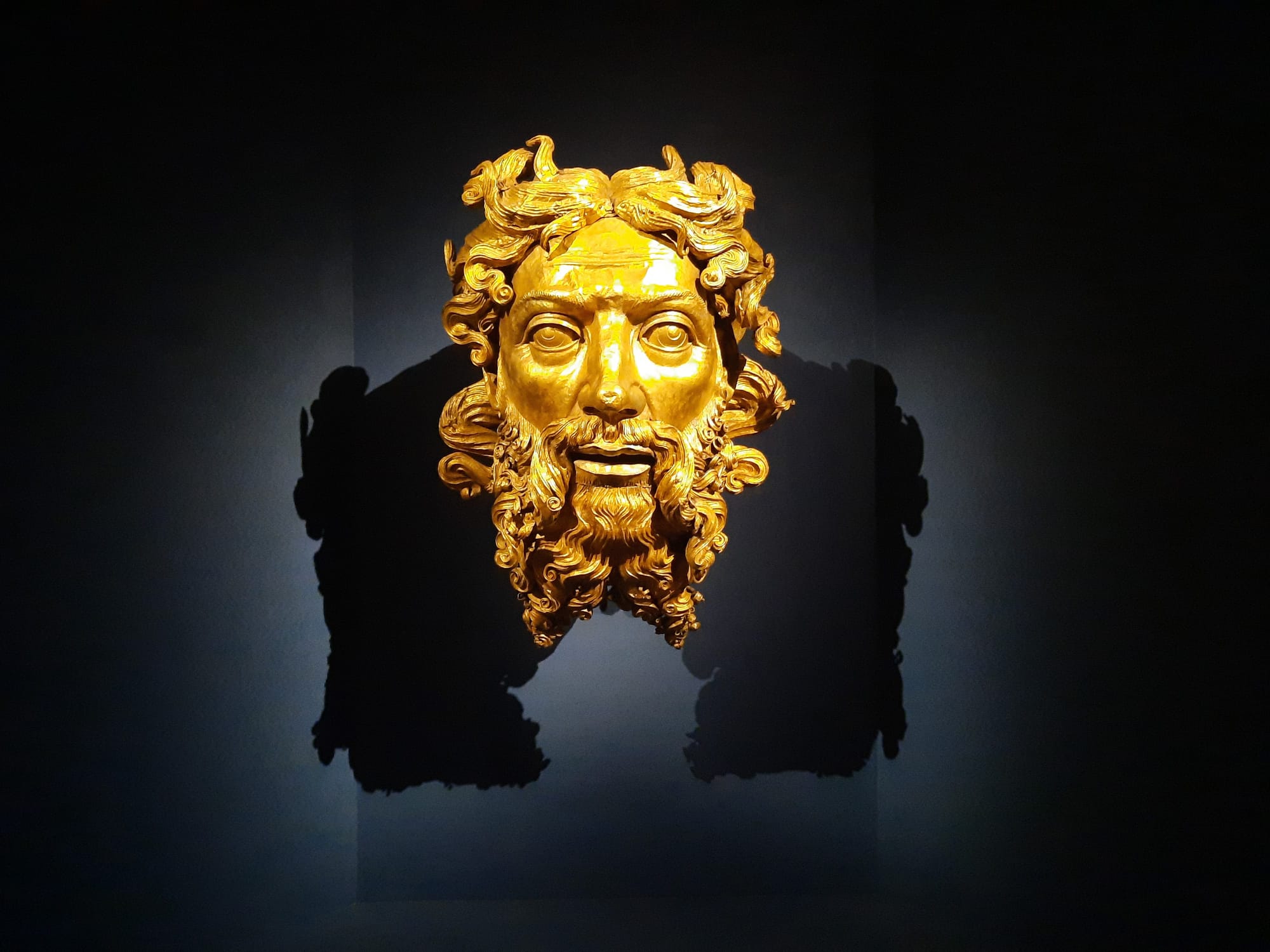Donatello: Sculpting The Renaissance – V&A, London (LAST CHANCE TO SEE)
A wonderful selection of works in a modern, spacious exhibition space – Donatello: Sculpting the Renaissance feels like a very special moment indeed.
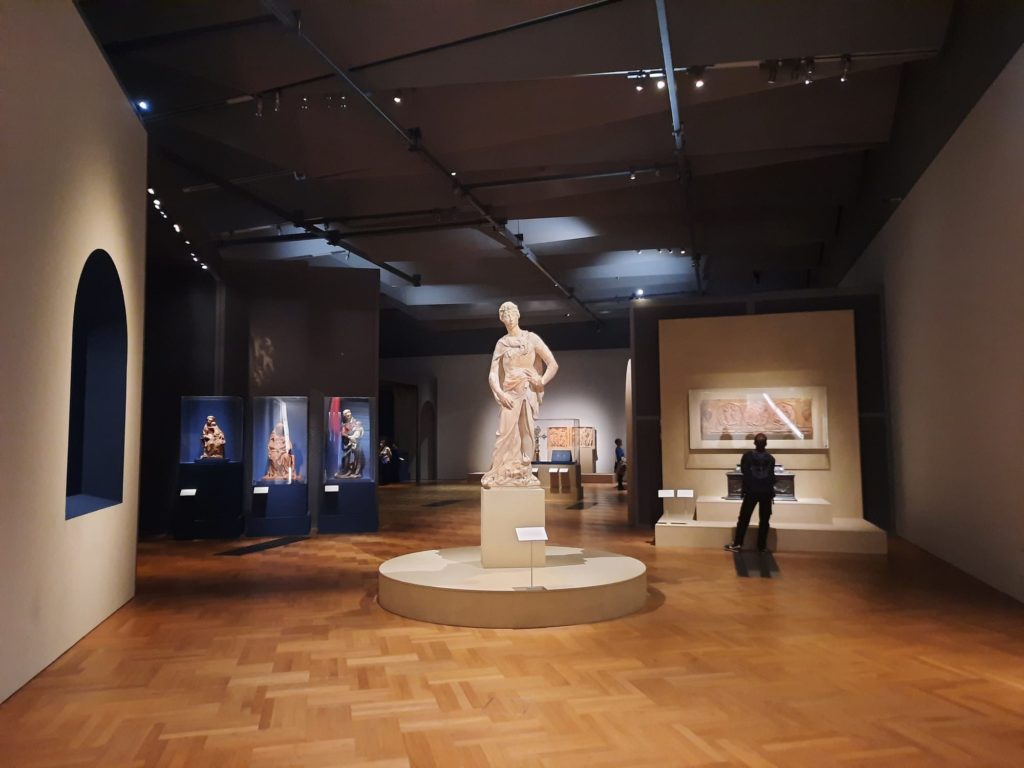
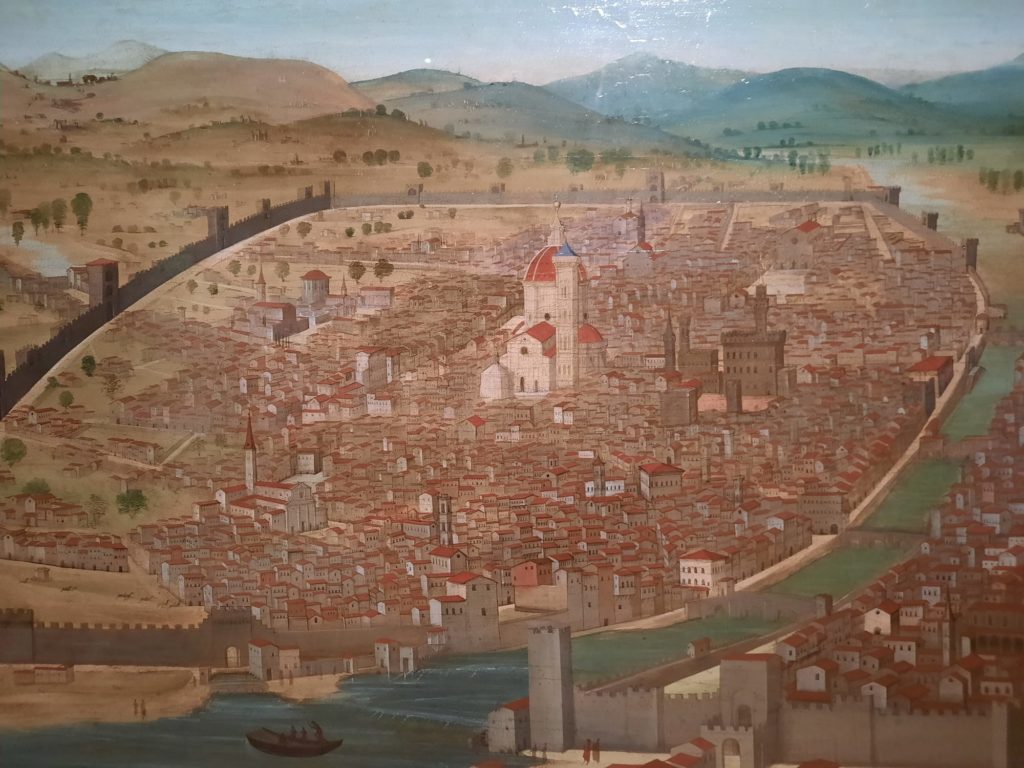
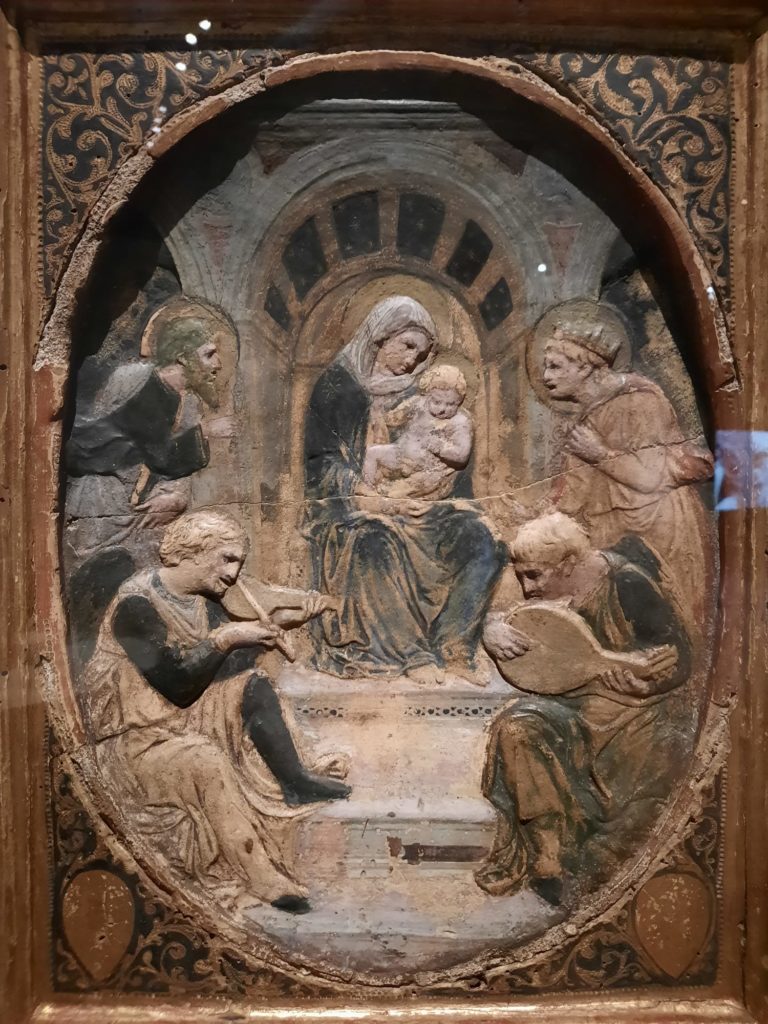
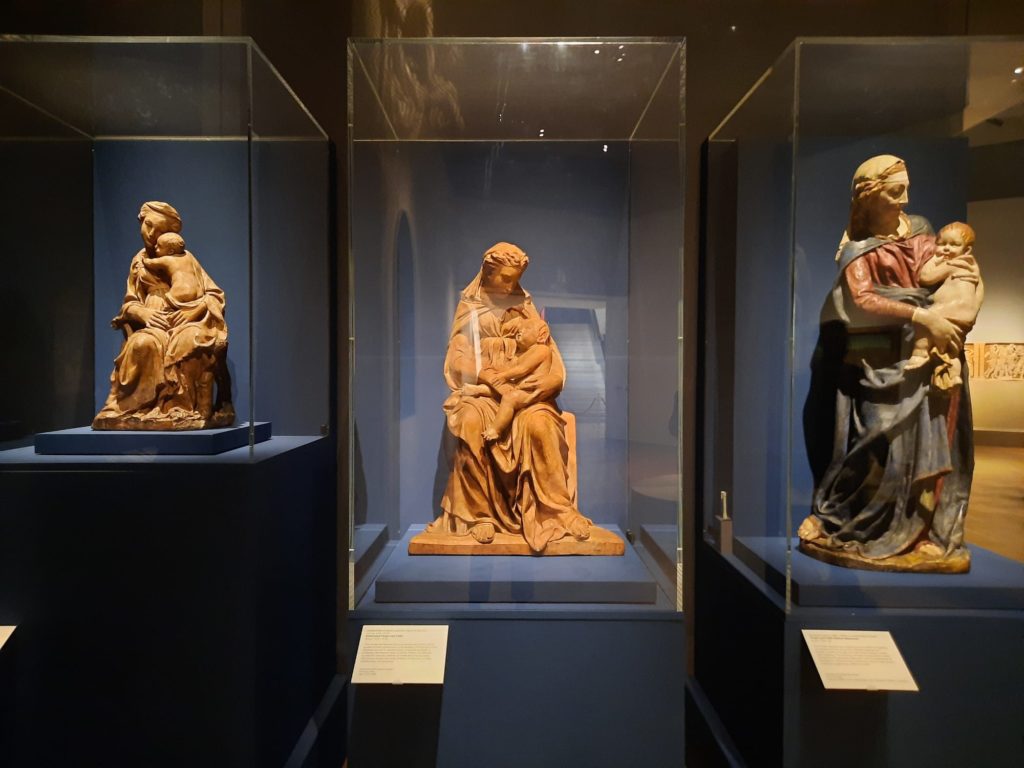
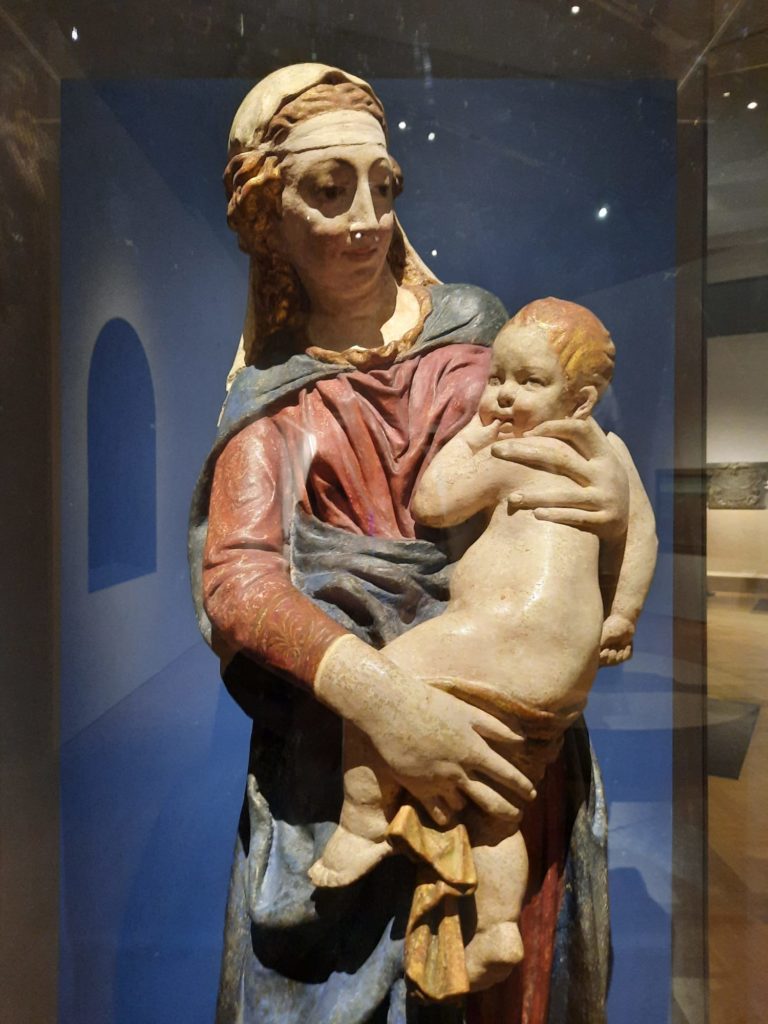
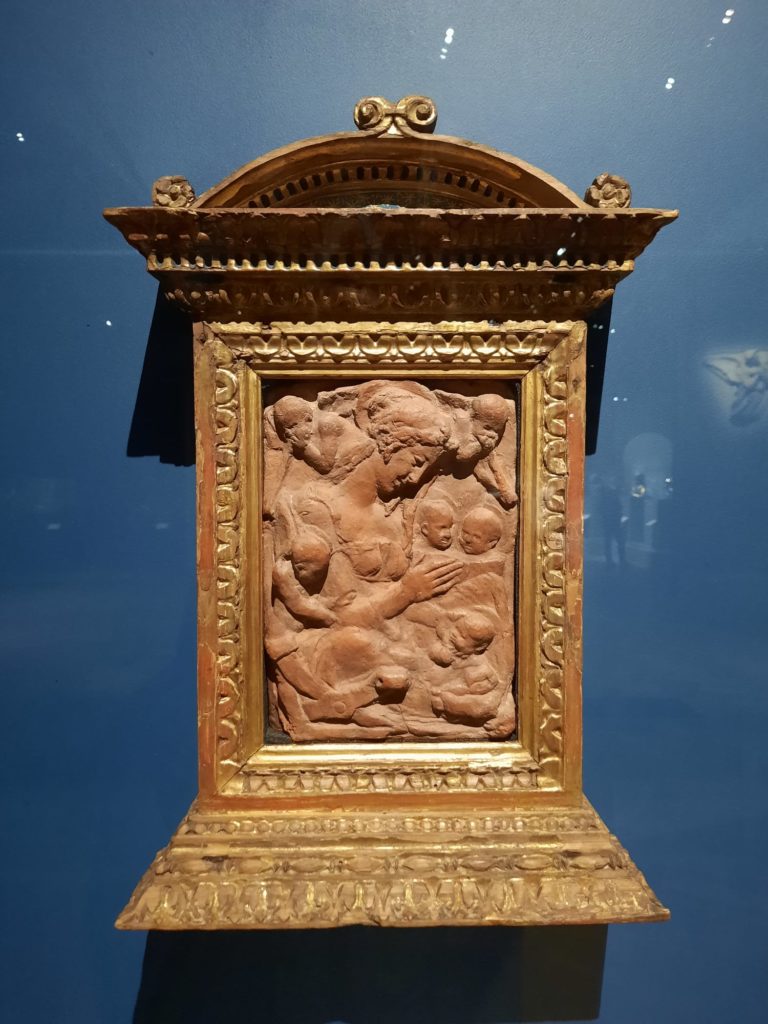
Bringing Donatello To South Kensington
I didn’t realise what a special exhibition this one was until I saw it. I had some time before a theatre press night to go to the V&A, and far preferred the idea of some Renaissance sculpture to the K-pop exhibition running concurrently (no offense to those who disagree, just personal preference). What I hadn’t appreciated before I arrived at Donatello: Sculpting the Renaissance was that this is the first large-scale exhibition of the Renaissance master’s work in the UK. It’s part of a tour which started in Florence and then moved to Berlin. According to the FT’s critic who seems very well-travelled, each city has had a slightly different selection of works, a different focus, and even different attributions for some works.
For me this highlights two things. Firstly, arranging an exhibition of works which are spread across different collections and sometimes still in situ in churches is not easy. Brexit probably makes it even harder, despite placations to the contrary. But the V&A has a collection of Italian Renaissance sculpture perhaps unparalleled outside Europe, so has supplemented the exhibition with its own works. This doesn’t seem to be to the detriment of the exhibition as I found the quality of the works on view superb, and the number just right to be able to fully appreciate them.
The second thing is about the nature of art in the Renaissance. I spoke about this briefly in a recent post about a museum of medieval art in Prague. The majority of medieval art was produced for the glorification of God rather than of the artist. In the Renaissance we clearly start to see art superstars emerging (otherwise we wouldn’t be here to see Donatello). But the system in which they worked had yet to understand the authorship of an artwork in the way we do today. Art was frequently produced in workshops, copied, or made by multiple hands. Plenty to keep art historians busy, therefore, deciding which works make the cut as ‘real’ Donatellos.
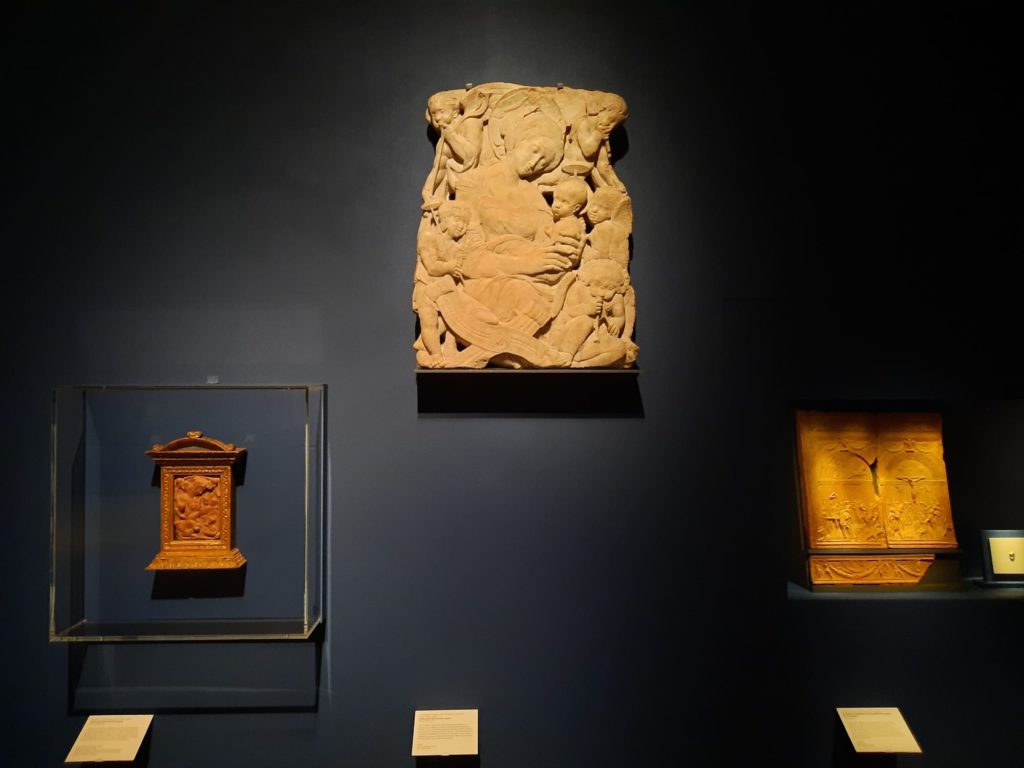
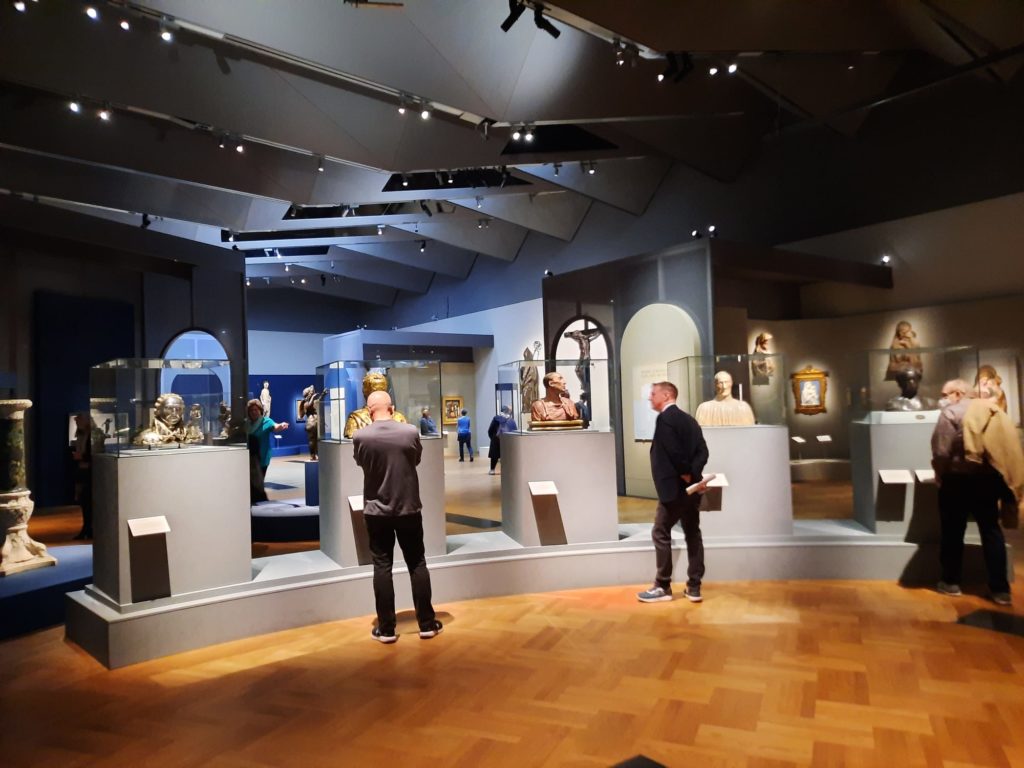
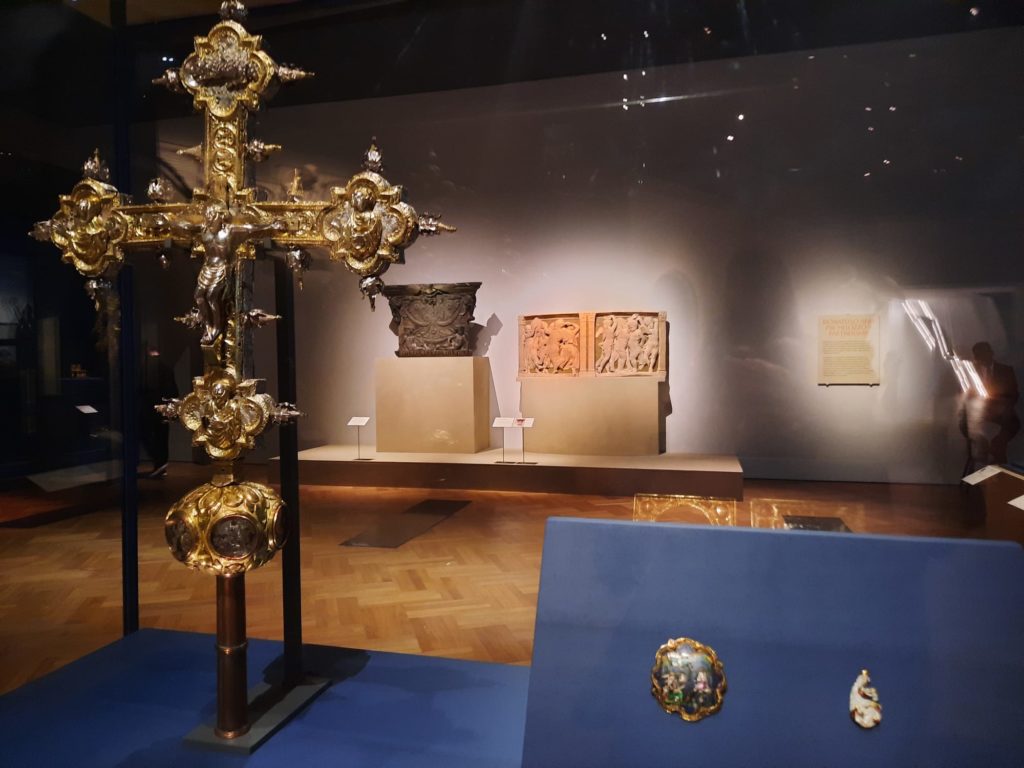
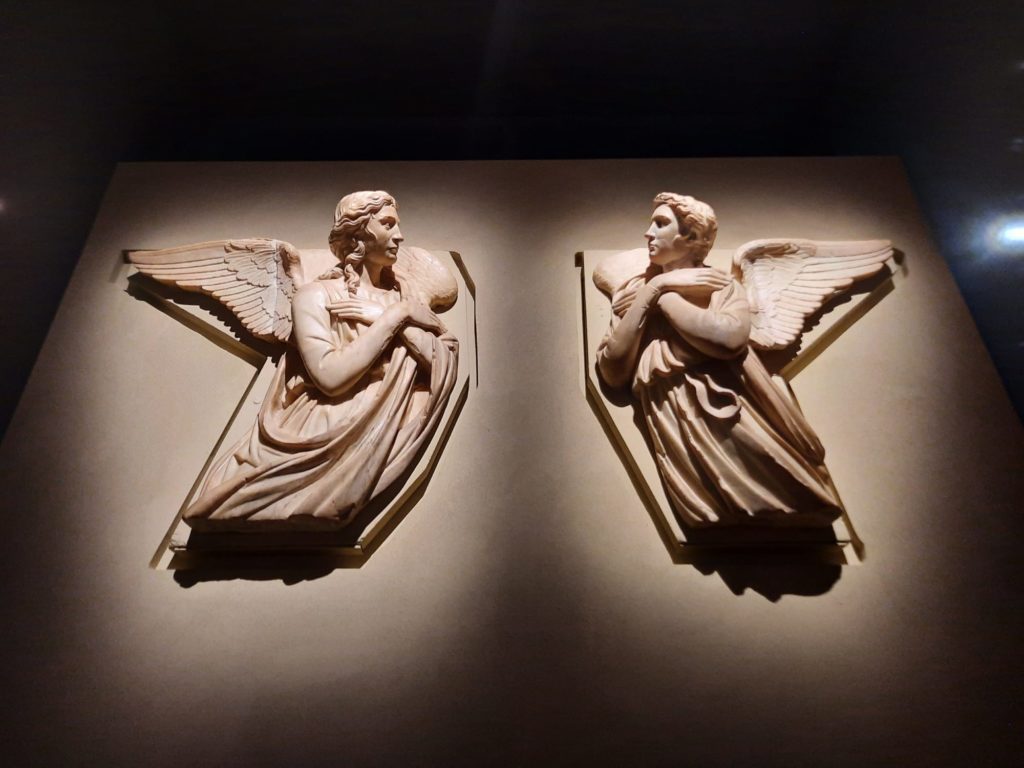
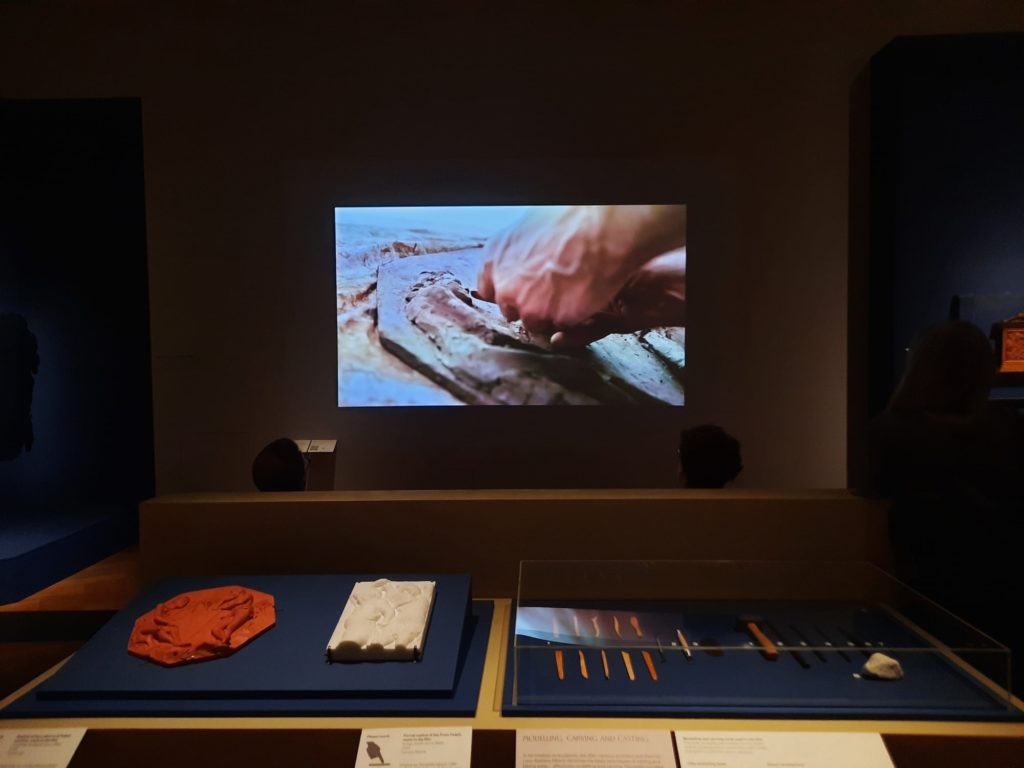

Donatello: Sculpting The Renaissance
Back to the matter at hand, though. The V&A’s version of the exhibition starts with a perfect introduction. While there’s a wall text introducing basic biographical details, and a painting of 15th Century Florence, David is the star. A sculpture in marble of a lithe youth is the work of an artist still in his early 20s. It was a commission for Florence’s Duomo, but ended up instead as a civic symbol in the Piazza della Signoria. This shift from religious to civic purpose feels like it mirrors some of the changes discussed above. Hold this thought, as the curators have bookended the exhibition with Davids so there is another important one coming.
After this introduction, we jump straight into the ways of the workshop. The V&A is after all a decorative arts museum, so this focus on how the art is make seems apt. As well as the system of artists’ workshops and patronage, there is a continual spotlight on techniques. Early on, we find out how Donatello was a draughtsman and goldsmith – key techniques for a sculptor at the time.
From the beginning, Donatello’s genius leaps out at us. Across every technique he put his mind to, there is a freshness to his works which set them, and those of his followers, apart. Real emotion replaces medieval formality. His figures are also more naturalistic than their medieval forebears, a few of whom are placed alongside his sculptures as counterpoints. Nowhere is this more clearly visible than in a sweep of busts, both portrait and reliquary, in the centre of the exhibition. Even the faces of saints are human: what a break from the calm, conventional medieval antecedents.
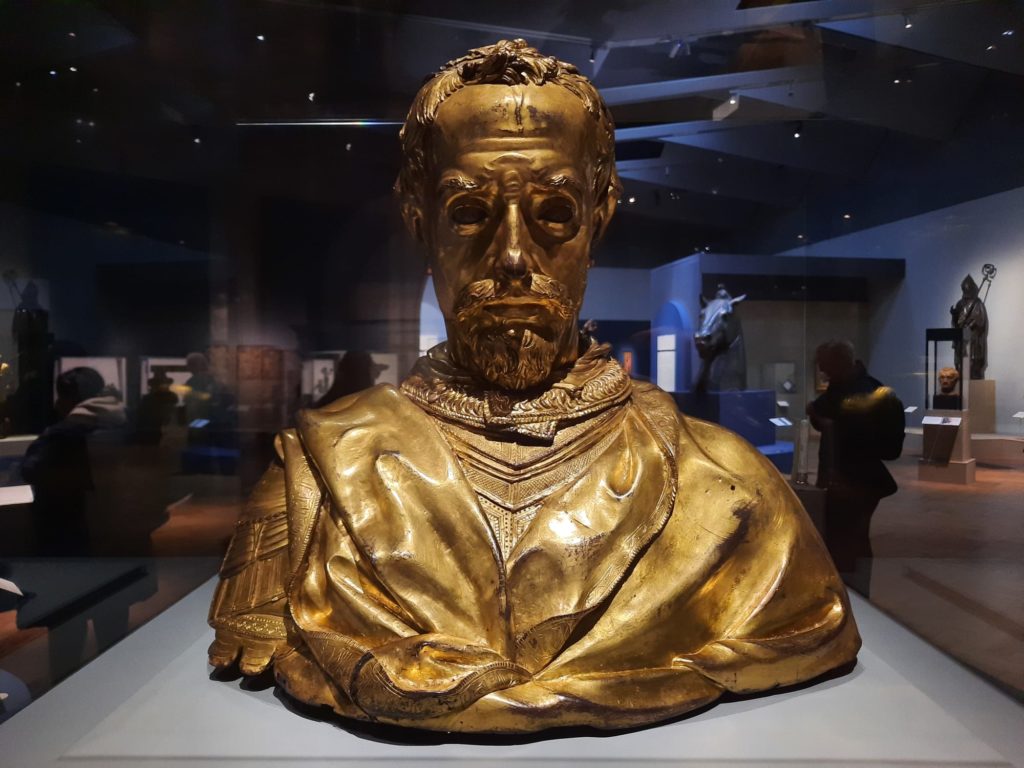
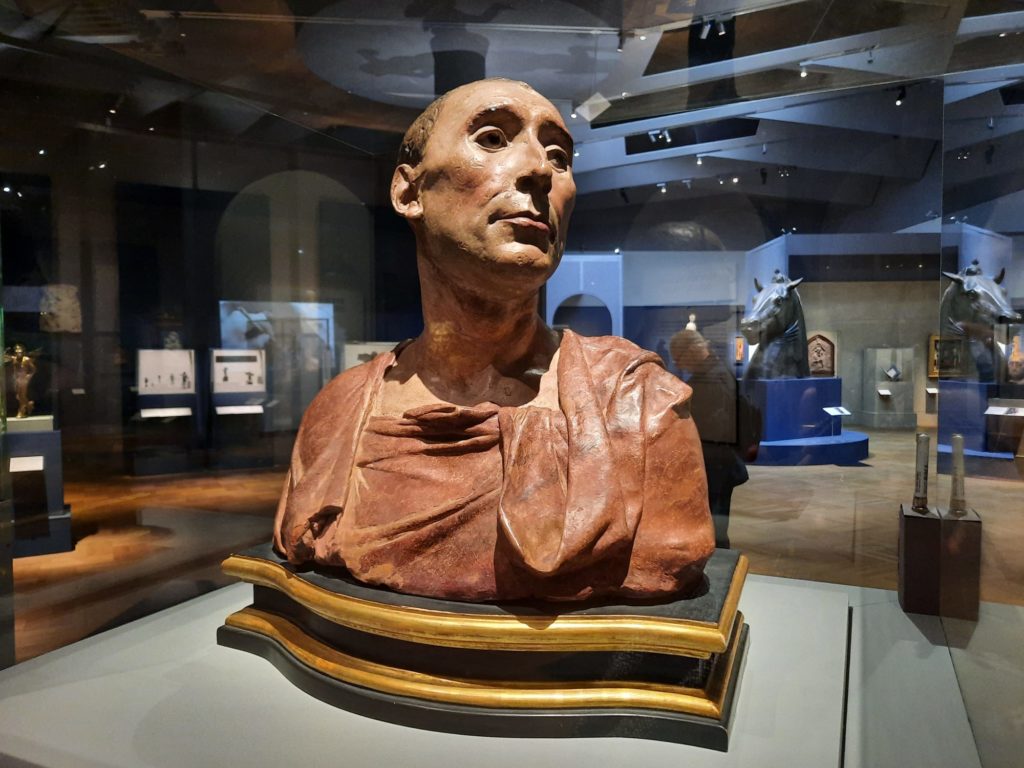
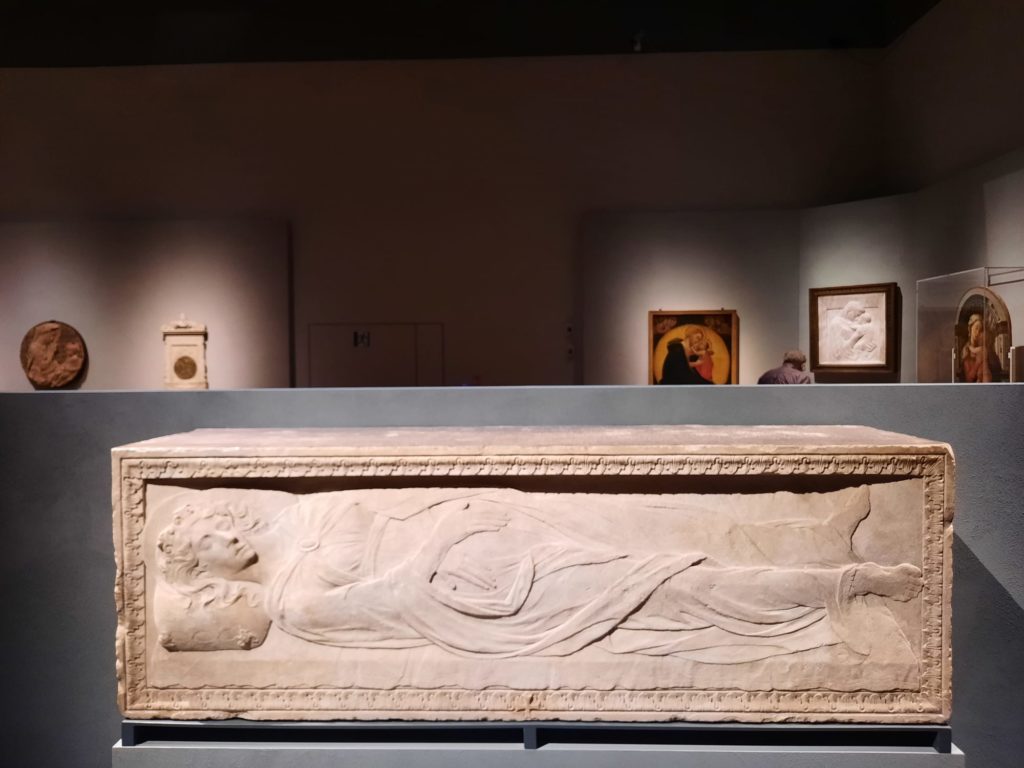
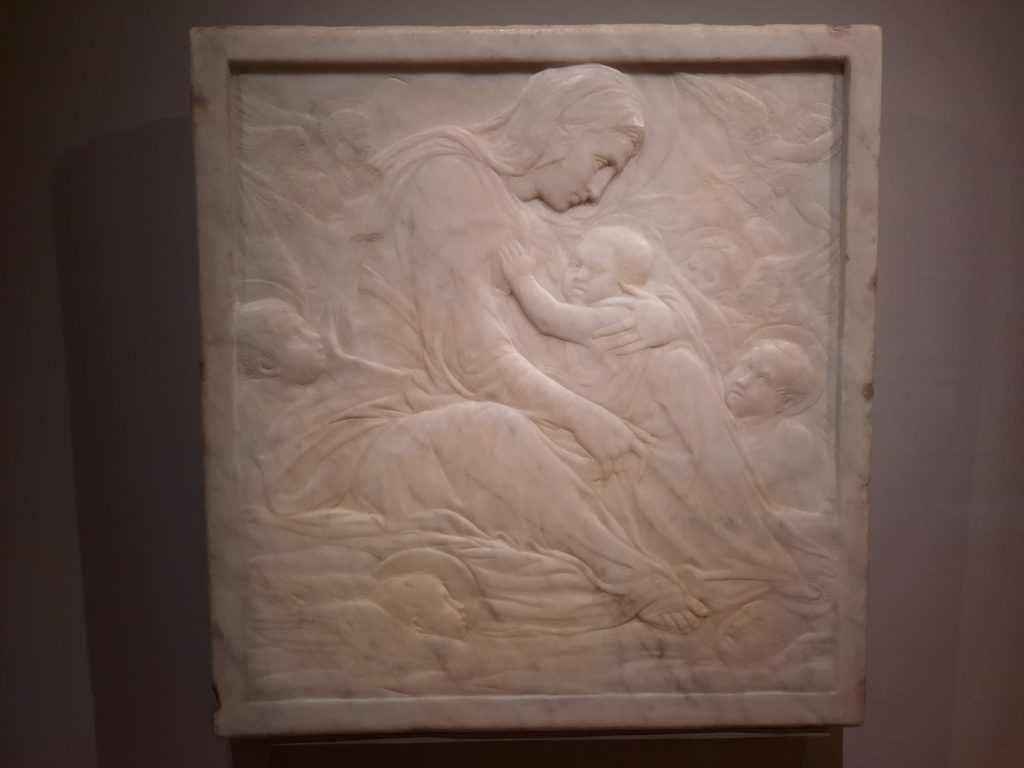
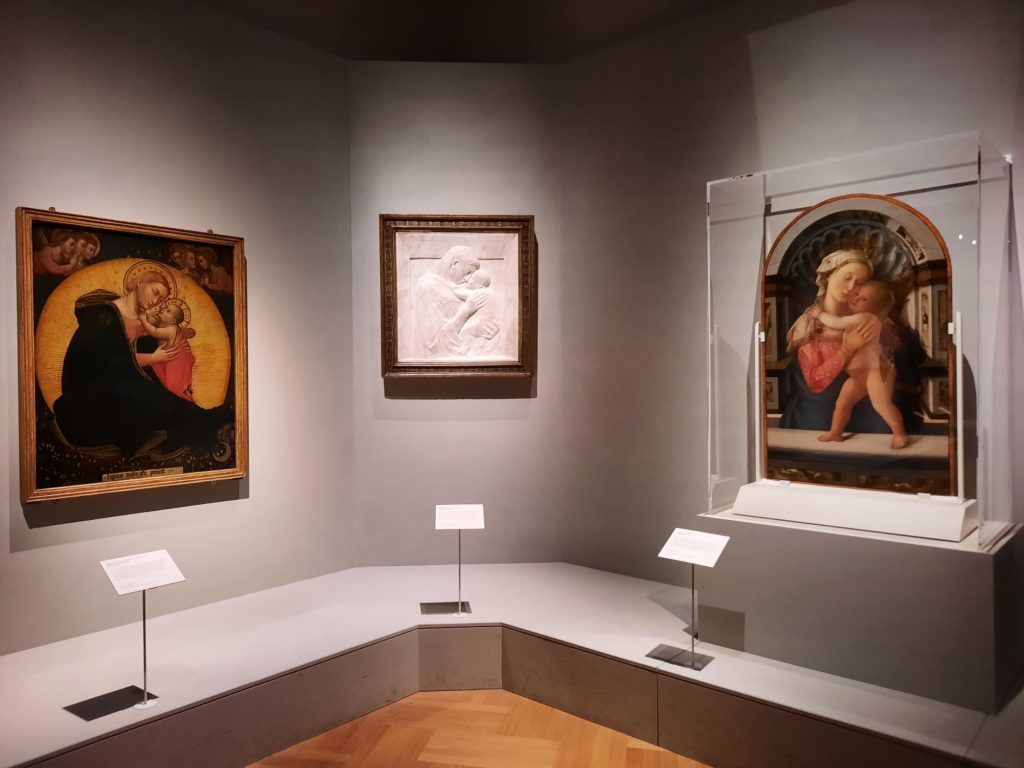
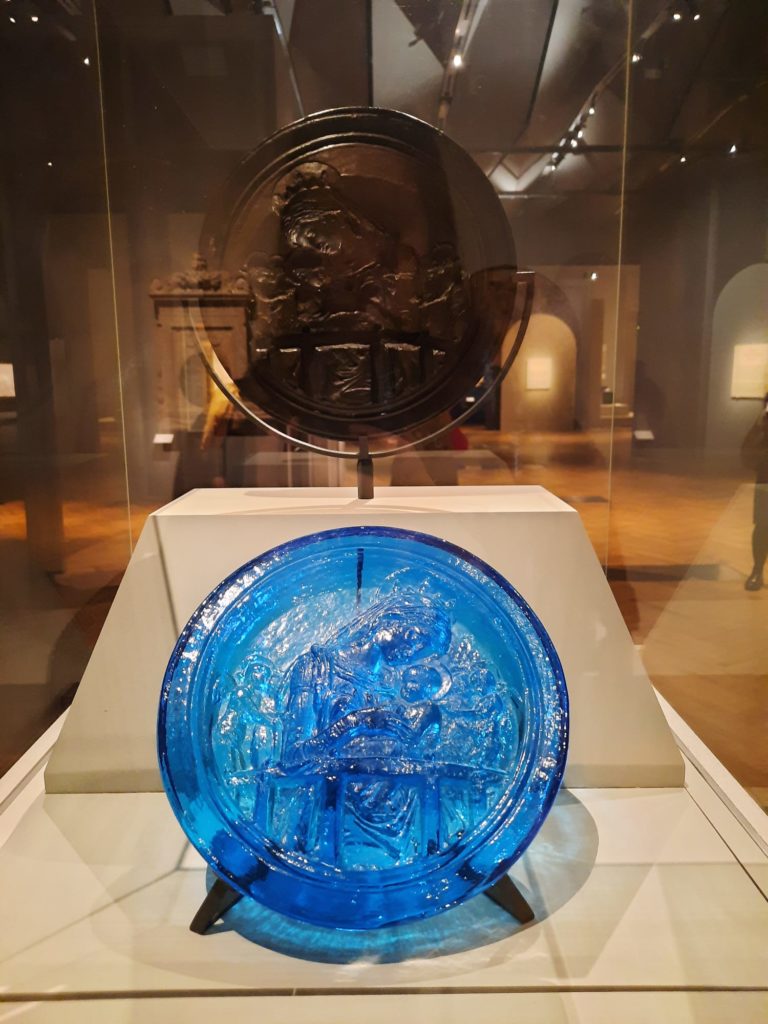
A Sculptor Of Genius
Or perhaps the highlight of Donatello’s humanism is the Pazzi Madonna, on loan from Berlin. It’s a simple image, carved in marble. Within a perspectival frame, the Madonna and child gaze at each other. There is no glance or gesture to the viewer, they focus only on each other. It’s immensely powerful and tender all at once. If the aim of the artwork is still devotional, then Donatello achieves this by stripping everything away that tells you you must contemplate this scene, and focusing instead on a mother’s love. There are some other impressive scenes of the Madonna and child on view, but this one will knock your socks off.
Donatello is also said to have invented a new technique in art, of which several masterful examples are on view. This is rilievo stiacciato, a very shallow relief in which the artist shaves away only millimetres of depth. Whole worlds exist in those millimetres, with people and landscapes, beauty and emotion. They appear very delicate: works in high relief feel like the artistic equivalent of shouting once you’ve seen a few. It was a very difficult technique which only a few artists mastered, so may well have been Donatello’s invention.
Donatello’s genius was very much recognised in his own time. His legacy was visible around Florence, and also Padua where he lived and worked for a time. Designs he developed for mass production were popular, as we see with concrete examples. He revived things not seen since Antiquity. The David which closes the show (in plaster cast form) was the first fully nude, free-standing male sculpture in roughly a millennia. The immense horse’s head likewise. His students carried on his legacy as Renaissance humanism took hold more broadly.
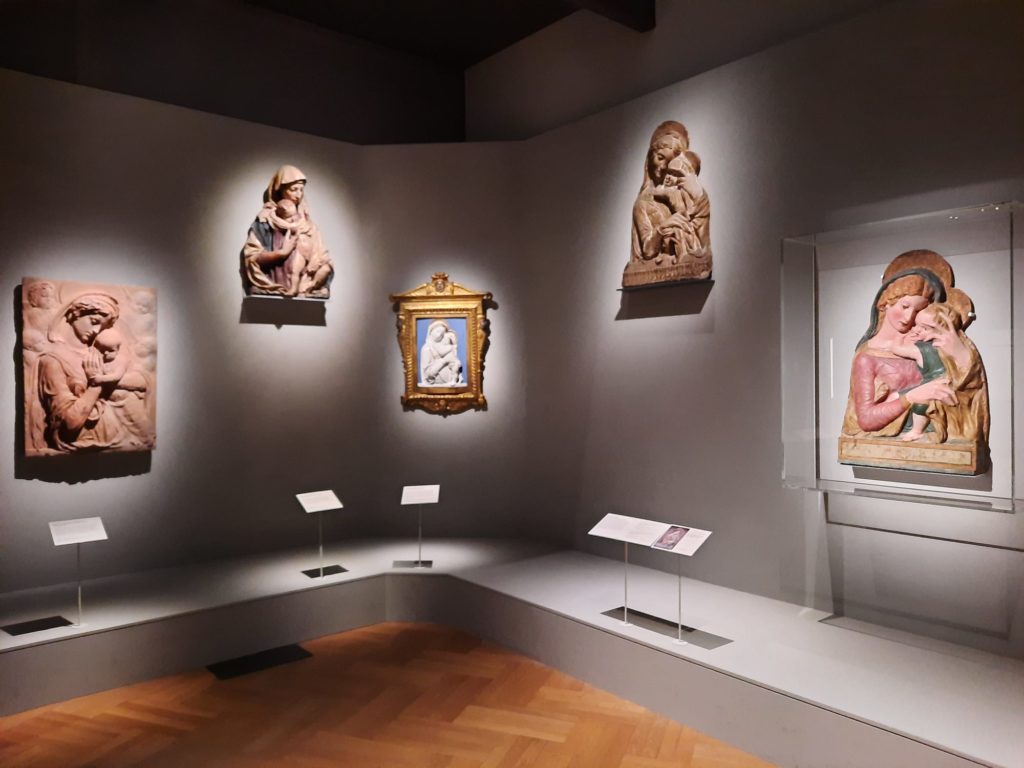
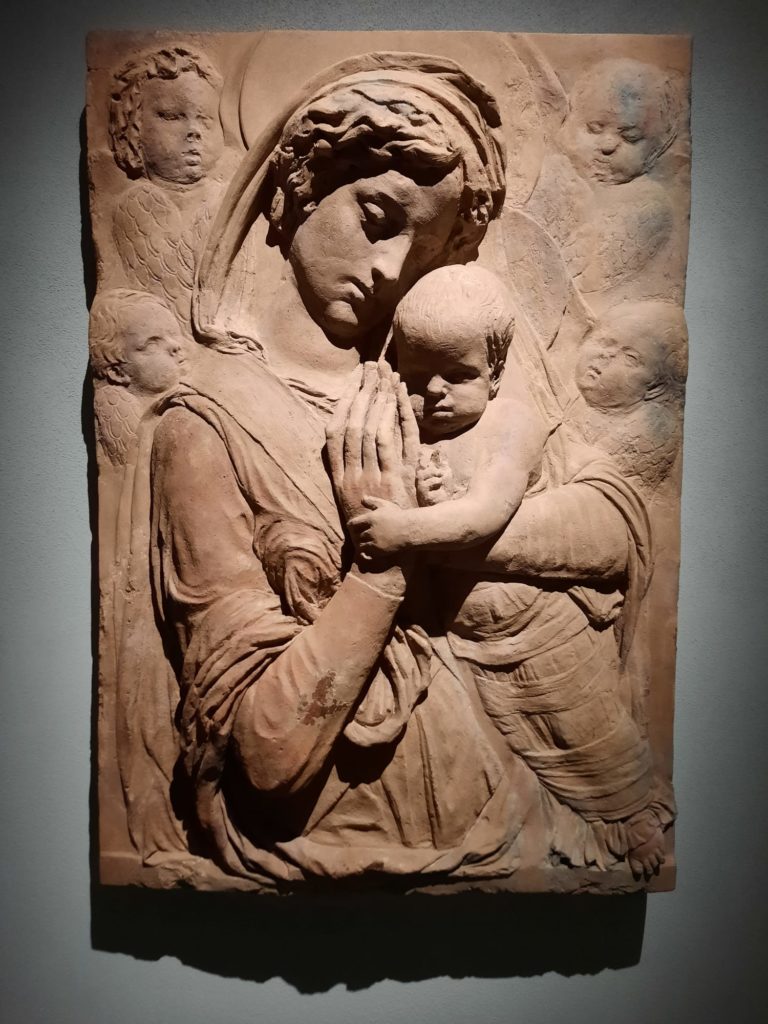

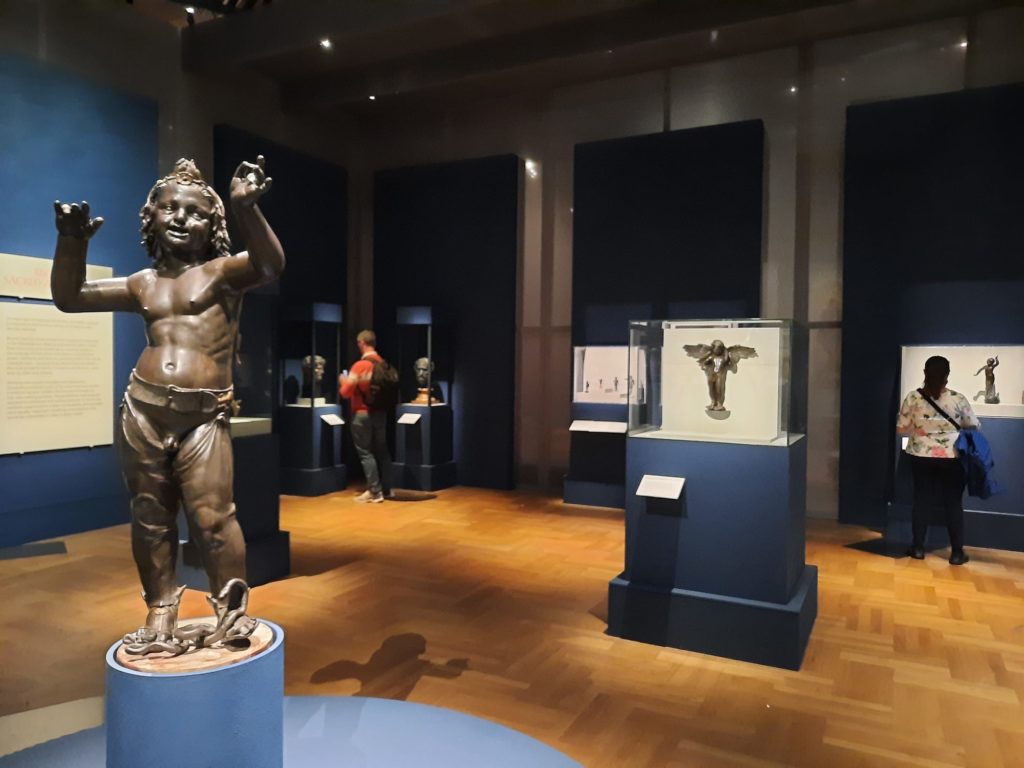
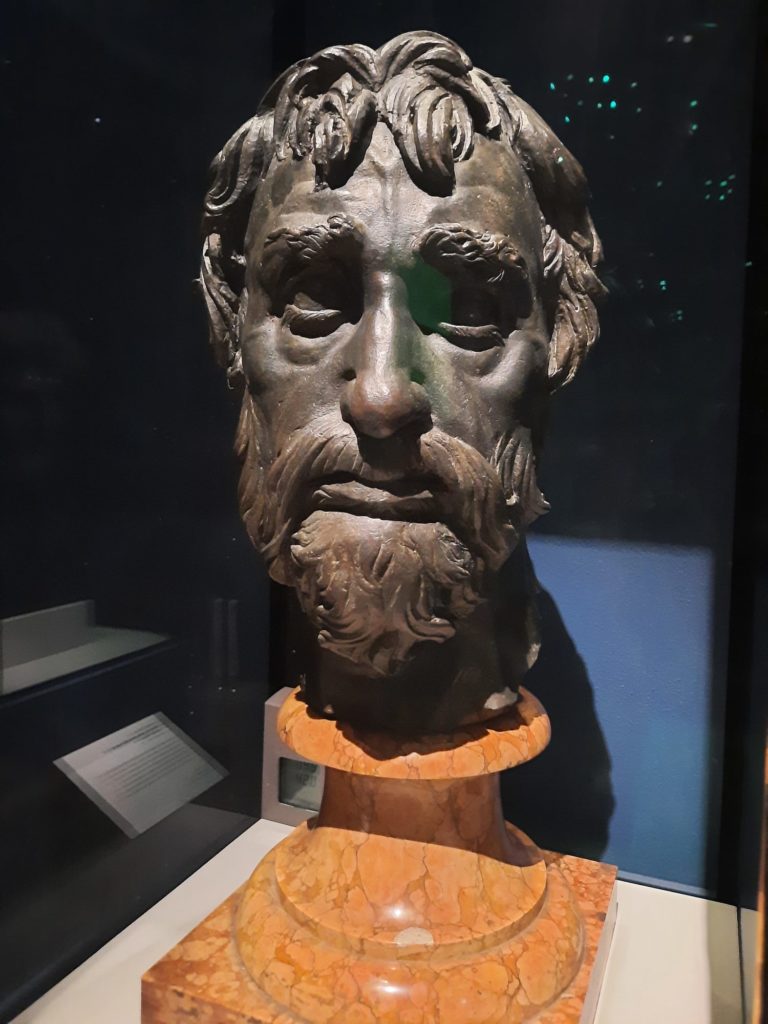
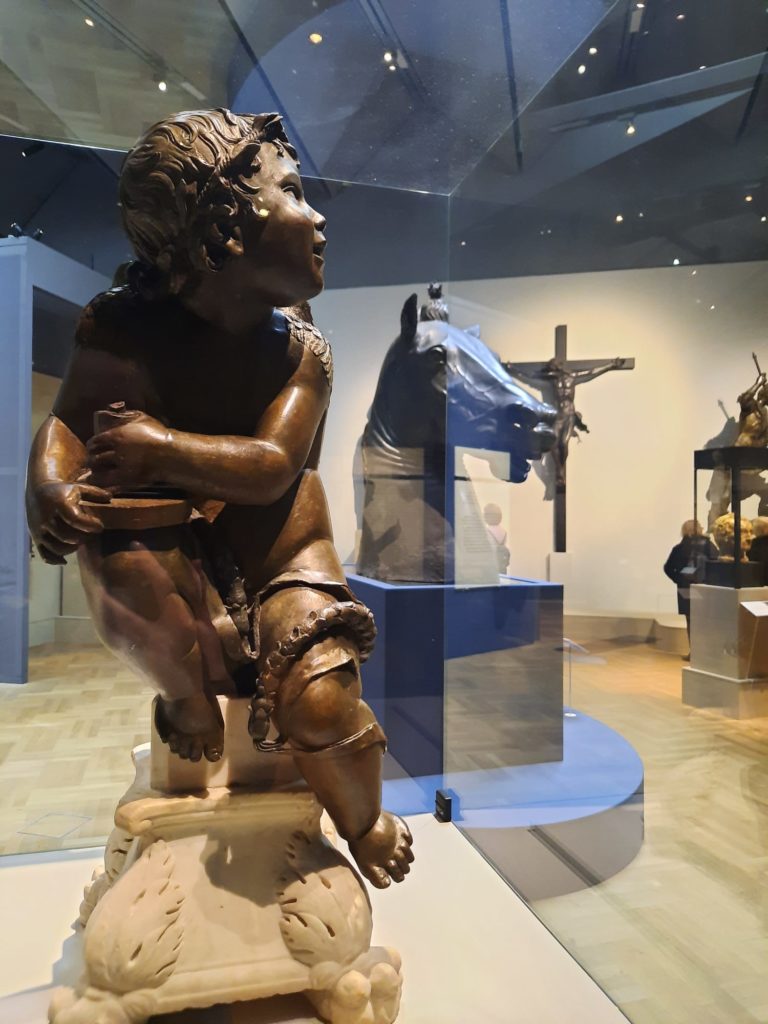
Experiencing Donatello
The first thing I loved about Donatello: Sculpting the Renaissance, was all the space. The big downstairs exhibition gallery at the V&A is where we also saw Alice: Curiouser & Curiouser, but relative to that it feels like there are fewer works here with more room to breathe. For some of the larger bronzes like the horse’s head or a crucifixion scene from the Basilica of Saint Anthony in Padua, it’s essential to have this space in order to properly take them in. Each work feels well-selected and well-positioned. A lovely feat of exhibition design. It wasn’t too busy, either, when I visited. It makes such a difference to an enjoyable experience
I also appreciated the focus on technique in this exhibition. There have even been commissions of copies in stone and terracotta of some of Donatello’s works. Seeing the artists chipping away stone putti or gently moulding clay helped me to truly realise how different these techniques are in terms of how you conceptualise the artwork, and what mastery it shows to create incredible works of art in these and more. I hadn’t thought of goldsmithing as a sort of sculptural apprenticeship before, but have filed it away in my art historical knowledge vaults.
Then there is the banal, which is a topic in exhibitions which I have a strange love for. I liked all the evidence of Albrecht Dürer as a businessman in a National Gallery exhibition a while ago. And here we have Donatello’s annual accounts in big bound volumes from a partnership with fellow artist Michelozzo. It brings us back down to earth, from artistic genius to professional, taking commissions and creating art to order.
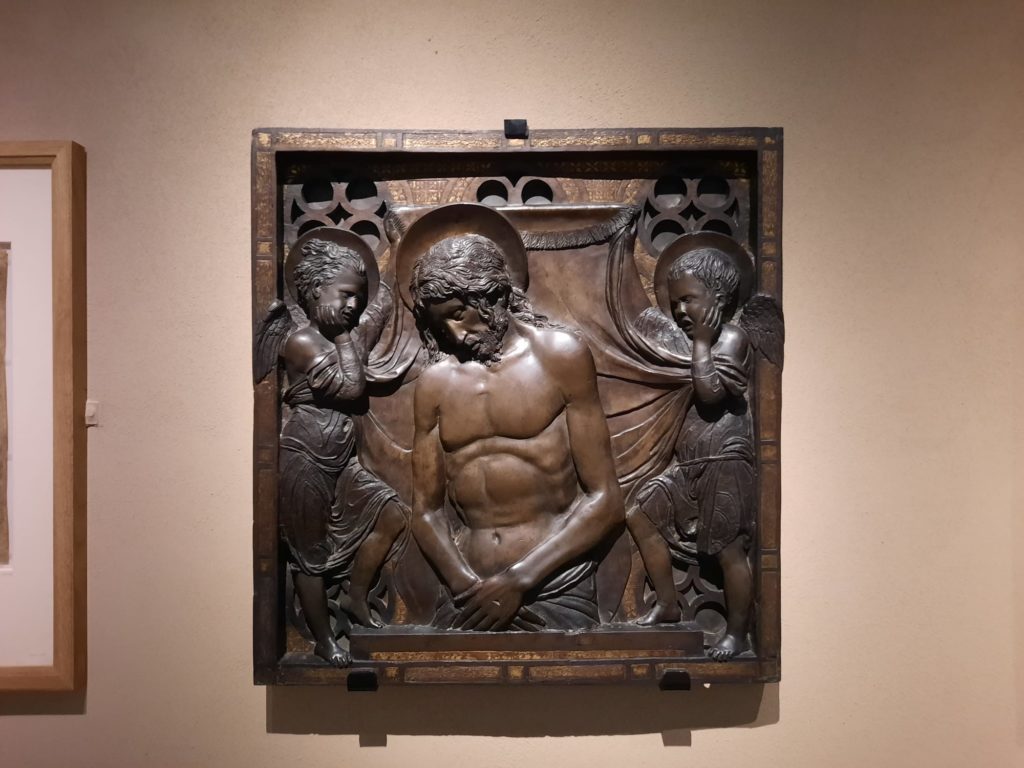
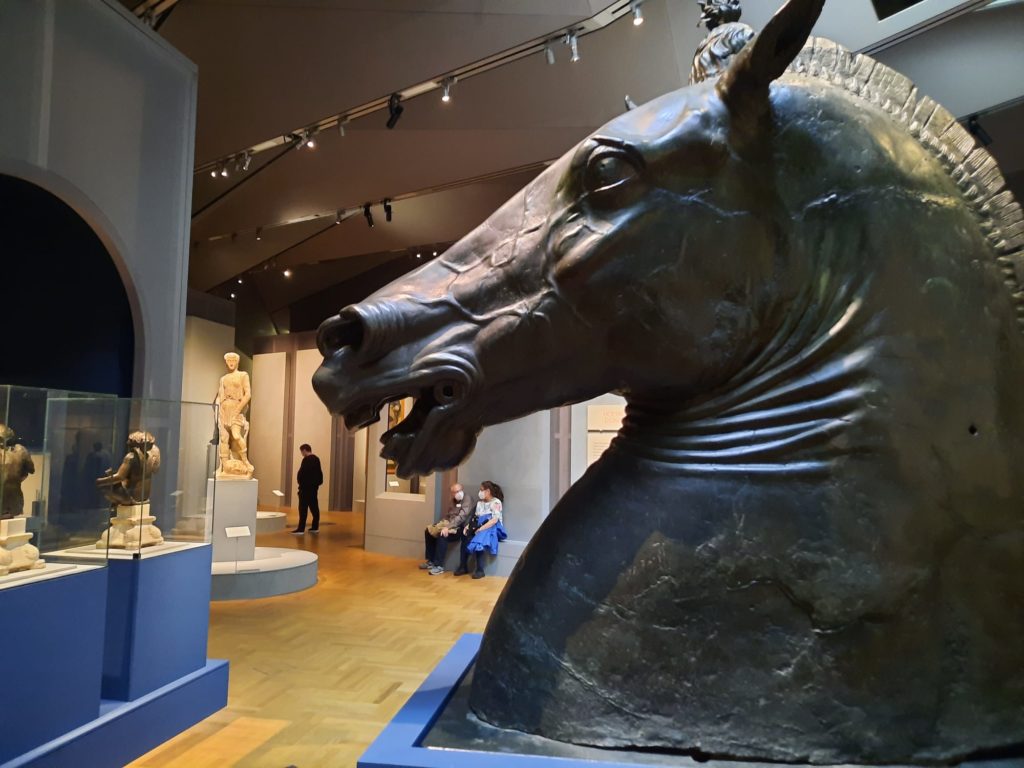
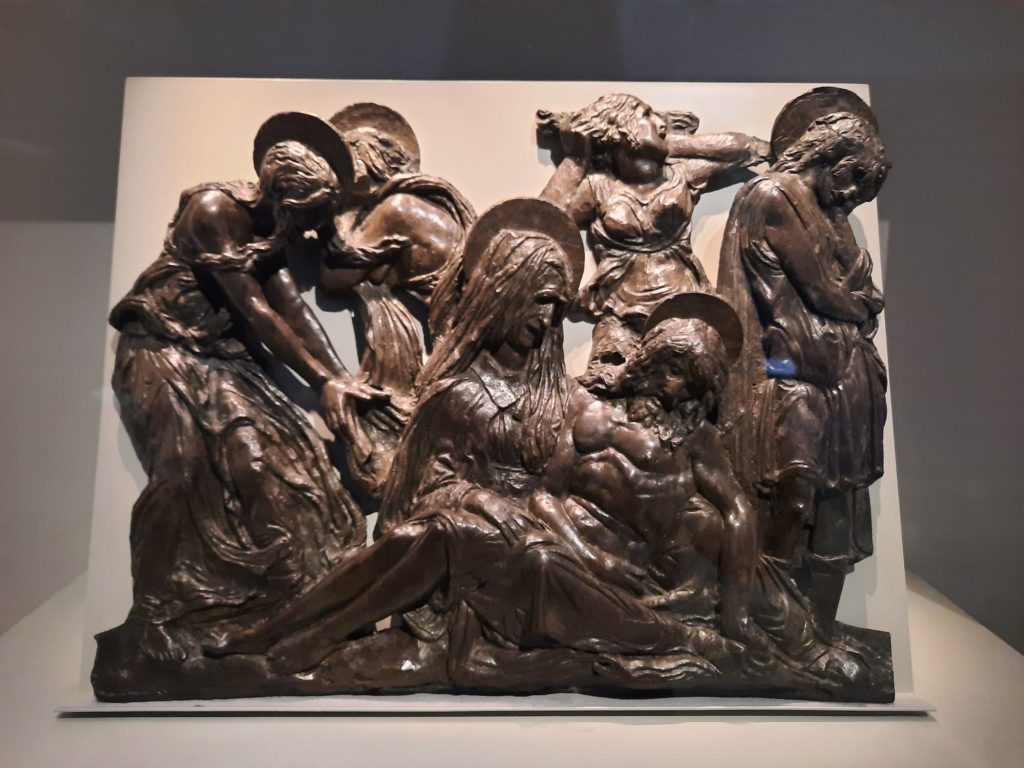
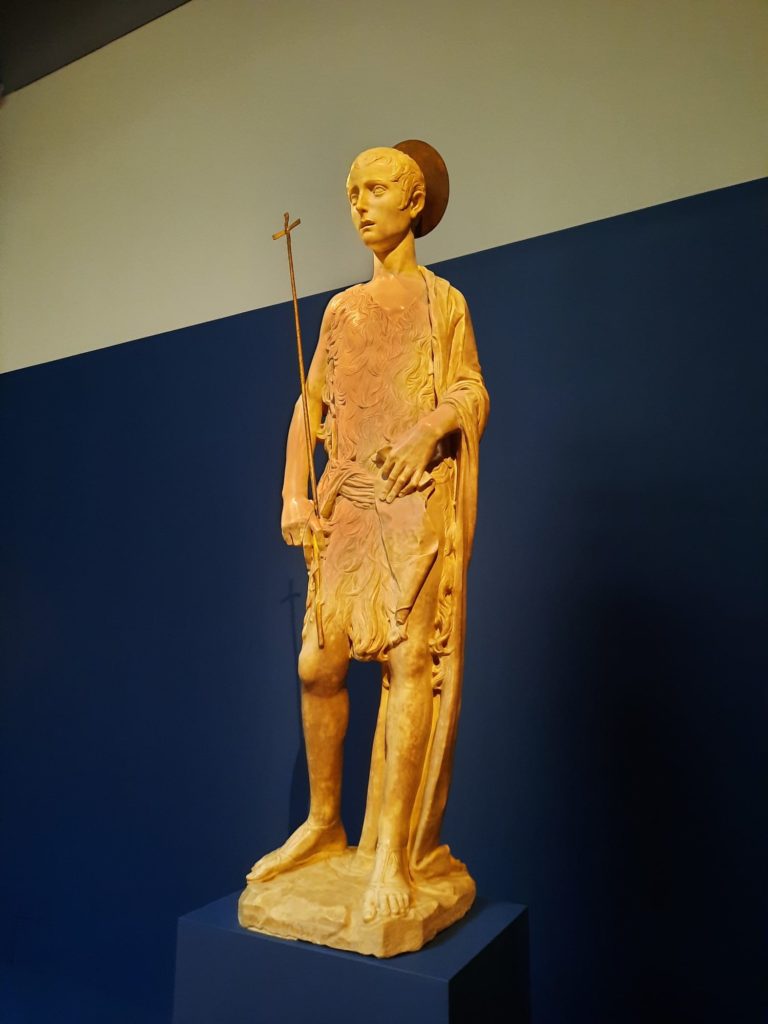
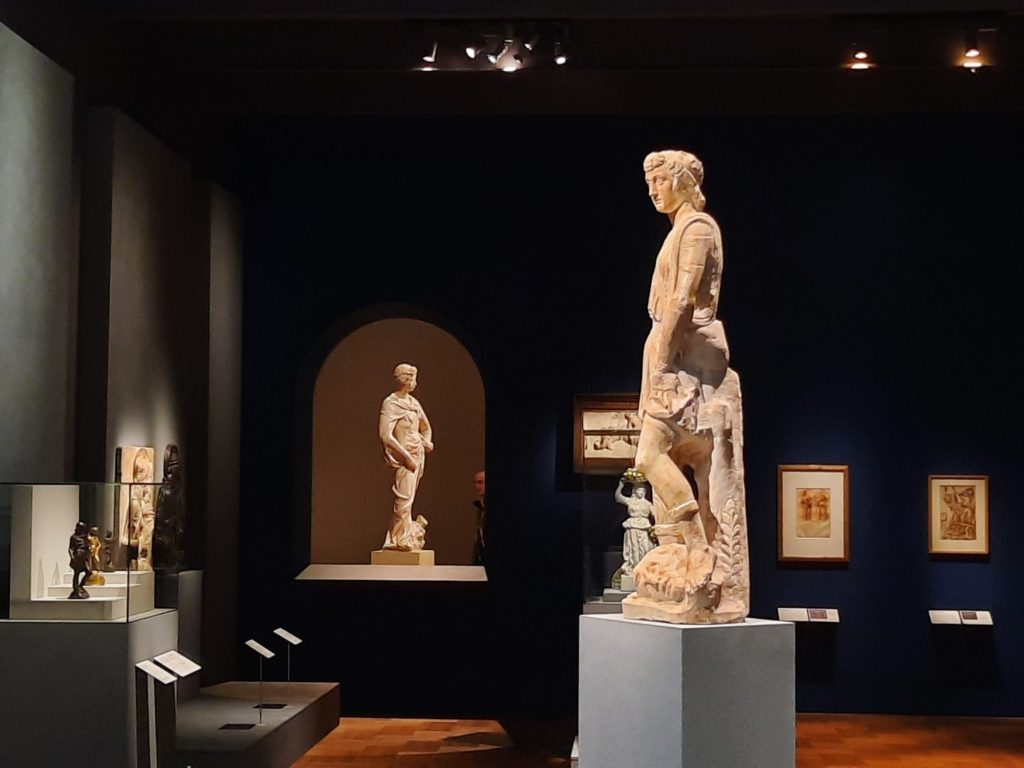
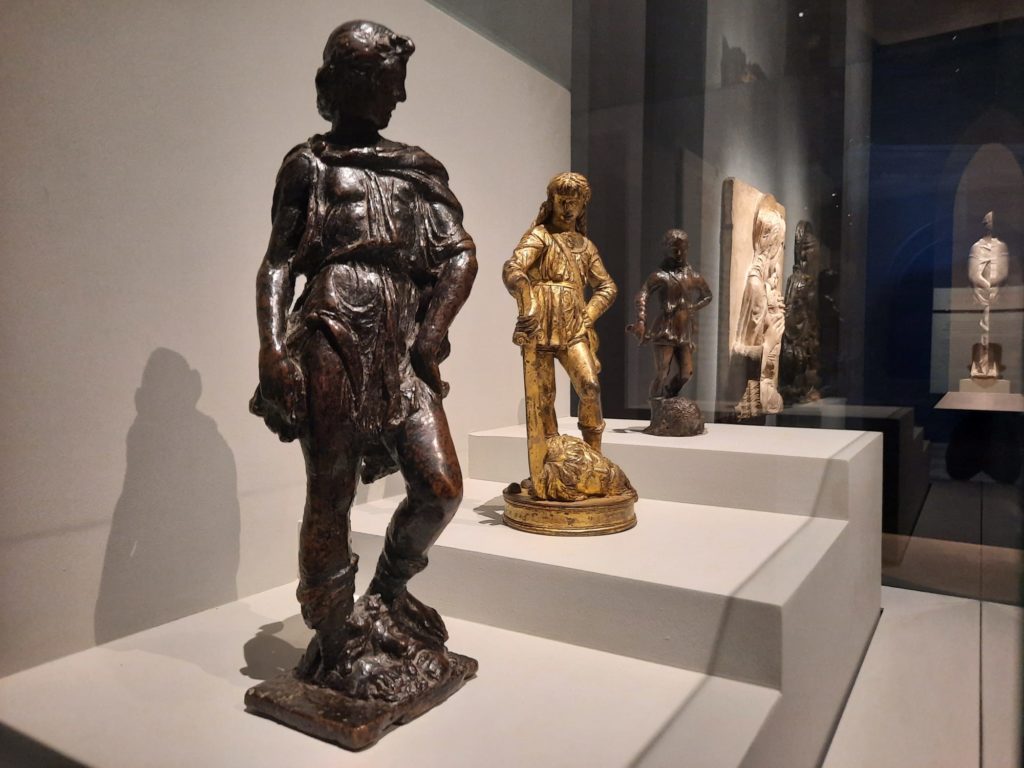
Final Thoughts On Donatello: Sculpting The Renaissance
This is such a great exhibition. I went into it knowing about as much about Donatello the artist as Donatello the Ninja Turtle (OK I’m exaggerating but only a bit). And came out of it able to articulate his importance in art and discuss many key works. I maybe wished for a little more biographical detail: he springs forth fully formed as an artist according to the introductory text. But it’s a top notch exhibition nonetheless.
And to come back to the bookending of Davids as we finish up this review, it’s a nice touch. The marble David as you enter shows the potential of a young artist. Elements of Donatello’s mature style are there, but it hasn’t quite come together yet. The cast of the second David (original in the Museo Nazionale del Bargello in Florence) tells a different story. David, in his naked form and assured pose, is the work of an artist at the height of their powers. And the works in this final section tell a story of continued influence over generations of artists.
This is the first large-scale exhibition on Donatello in the UK. I can’t think of a way it could be any better. Make every effort to see it on the last leg of its European tour, and soak up the genius of this inspired artist.
Salterton Arts Review’s rating: 5/5
Donatello: Sculpting the Renaissance on until 11 June 2023
If you see this after your page is loaded completely, leafletJS files are missing.

